This month we asked our Portfolio Ambassador, Peter McCombie MW, to recommend his top wines from our portfolio for drinking this Christmas, which come from our agencies Nino Negri (Valtellina, Italy), Tenuta Sant’Antonio (Valpolicella, Italy) and Hentley Farm (Barossa Valley, Australia). He explains why they are such perfect choices at Christmas time, and picks the brains of their winemakers for the secrets behind these wonderful wines.
Cantina Nino Negri
Valtellina, Lombardy
Valtellina, Lombardy
1) Ca’Brione Bianco Alpi Retiche IGT 2019
I love this ‘kitchen sink’ blend of Sauvignon Blanc, Chardonnay, Incrocio Manzoni and a dash of Nebbiolo AKA Chiavennasca (vinified as a white wine). Partially barrel-fermented with great care to gain weight and texture rather than chewy oakiness, it is rather versatile at the table. The result is honeyed and ripe, herbal and a little grassy, almost medicinal. It tastes smooth, quite rich and round, with lovely fresh acidity and a flavoursome mineral finish. It will make a great partner for seared scallops, fresh oysters or smoked salmon.
Commentators often talk about the heroic viticulture of Valtellina. The vineyards are spectacular and difficult to work, but they do produce some distinctive and delicious wines. These two reds from Nino Negri are both made from Chiavennasca (the local and likely original name of Barolo’s famous Nebbiolo), but they are very different replacing their different vineyard origins. Like so many Italian wines they are born to partner with food. As the nights draw in and minds turn to hearty eating I am looking forward to the fruity, fragrant yet savoury delights of Nebbiolo.
2) Vigneto Fracia Valtellina Superiore DOCG 2016
Savoury and a little heady, offering pot pourri and balsamic perfumes, almost Pinot-like, with a certain firmness, not quite austere but restrained, yet with underlying richness and discreet, elegant style. I’ll be looking to match this with duck or game birds, also with rich, slow cooked dishes, perhaps featuring mushrooms.
3) Carlo Negri Sfursat 2016
Sforzato di Valtellina or Sfursat is made from Chiavennasca (AKA Nebbiolo) grapes that have been partially air-dried to produce a full bodied wine that has been described as possessing the opulence of Amarone with the elegant complexity of Barolo. As the nights draw in, I am looking forward to opening some bottles on the occasions I want something big and powerful and warming, while retaining the backbone and tension needed to give ultimate satisfaction. Carlo Negri offers complex aromas of sweet, baking spices and confit plums, with an aromatic, floral lift and a lick of tar, followed by a generous mouthful of dense, dark fruit and a long, quite dry finish. Rich, full-bodied and powerful it demands attention, but will reward time in a decanter.
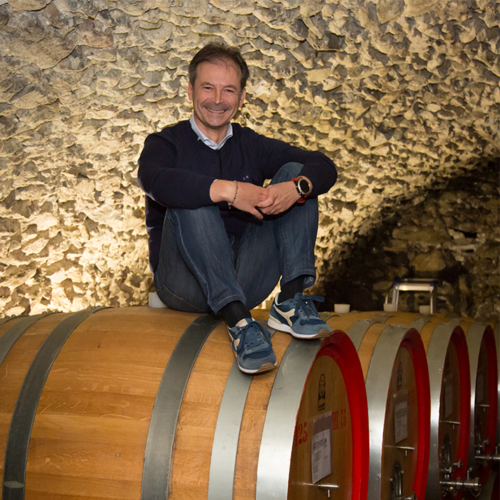
In discussion with Danilo Drocco, winemaker at Nino Negri
Q: What are the biggest challenges when drying grapes for sfursat wines? Do these partially dried grapes require different winemaking techniques?
A: Nebbiolo for drying must be harvested in vineyards that provide ripe grapes at the right level of polyphenols (tannins) but without too high sugar concentrations, around 12 potential ABV. Nino Negri’s long tradition of growing Nebbiolo for drying has allowed us to select vineyards accordingly; that is, vineyards where the Nebbiolo clones produce grapes with a slightly larger grape than normal with loose bunches more suitable for drying. The vineyards are equally distributed between medium and high altitudes. Based on the conditions of the year, having a homogeneous distribution of vineyards throughout the territory allows to choose the best grapes: normally “higher” vineyards in hot years and “lower” vineyards in colder ones.
Sforzato is the result of the knowledge and experience that are used to maintain the premium quality level of the wine, as it is the result of two different harvests. The first is carried out between the end of September and the beginning of October when the grapes are harvested in boxes. The second takes place after at least 100 days of drying in the fruttaio. Only after the two selections do we decide which grapes are suitable for our Sforzato.
The uniqueness of Sforzato is certainly linked to the Nebbiolo grape which expresses unique aromas and tastes, but it is also linked to the traditional drying method. The weight loss of about 30% takes place over around 100 days in an alpine environment characterised by winds typical of the valley that blow in the morning from the top to the bottom of the mountain, and in the afternoon in the opposite direction, therefore from Lake Como towards the top of the mountains. The alternation of winds but above all the low temperature typical of the valley in the months of December and January allow the Nebbiolo a slow and constant drying that gives rise to unique and unrepeatable aromas. The vinification takes place in January when the outside temperatures are very low. Consequently, fermentations are slow and last for a long time, producing high percentages of natural glycerin which increases the softness of the wine.
Q: Many wine lovers will know Nebbiolo as Barolo, but Chiavennasca may draw a blank. You have worked with the variety in both places; how does it express itself differently in Valtellina? Do you treat it differently?
A: We can say that the two Nebbiolo qualities are “brothers”, but having adapted them to extremely different environments, they are characterized by some peculiarities: the cold, the wind and the rocks have developed in Chiavennasca a greater resistance to rain with thicker skins and looser bunches, while the tannins that mature in soils rich in calcareous clay (Langa) are characterized by power and volume, those that mature on the mother rock are more delicate and silky. The aromas are similar but the Valtellina’s wines produce tertiary aromas more quickly. The big difference is in the fresh acidity of the Alps, but above all in the minerality and length given by the rocks. The vinification is the same in the Langa and in the Valtellina.
Q: Tannins are an essential part of the structure of red wines, yet they can seem aggressive to some people. Chiavennasca is notoriously tannic; how do you ‘tame the tannins?
A: Tannins are the “backbone” of Nebbiolo and of all great wines. It is important to achieve a balance between the tannic structure and the rest of the flavours and components of the wine. This harmony is certainly born in the vineyard by looking for the right ripening of the grapes. The reduced quantity of grapes per plant determines greater harmony in the tannins as well as the choice of the harvest time. In Valtellina the Alpine climate has improved in recent years, providing warmer and brighter summers. This favoured the maturation of Nebbiolo by providing denser and more mature tannins. Fortunately, the autumn period during the harvest maintains strong temperature variations between day and night which develops aromatics and maintains acidity and freshness. Fermentation with careful maceration and the correct use of wood in the cellar contribute to the right balance. But the distinctive character of the tannin of Valtellina wines is linked to the sweetness that originates with the minerality typical of mountain wines, which is expressed with a savoury and long flavour.
Q: What is your ‘go-to’ wine at Christmas, and why?
A: A good wine, because life is too short to drink bad wines.
Tenuta Sant’Antonio
Valpolicella, Veneto
Valpolicella, Veneto

1) Nanfrè Valpolicella DOC 2018
Just because it’s winter, it doesn’t mean I have to drink hefty red wines. This Valpolicella has some of the refreshment and crunch that cool climate Cabernet Franc can deliver. Or some of the pleasure a generous Beaujolais can bring to the table. This is a straightforward glugger that doesn’t demand your attention, but slips down with real pleasure. Dark red in colour with a fresh, fruity, herb-flecked, almost-Chinon-like nose; red black fruit, not heavy and quite juicy. Delicious. Drink this simply because you don’t want something too heavy or partner with sturdy braised beans or lentils, maybe spiked with fat, spicy sausages.
2) Monte Garbi Valpolicella Superiore Ripasso DOC 2018
Sometimes I do want something that packs a bit of a punch. This riff on Valpolicella, involves a partial refermentation on the skins leftover from making Amarone, which brings extra power, weight and complexity to the wine. There is a whiff of coal tar to the lively black fruit and a sniff of autumnal woods, this is full flavoured with fresh fruit flavours, not sweet, but generous and balanced by fresh acidity and fine tannins. It’s a no-brainer to partner this with pasta and ragú, but at Christmas this would be pretty good with turkey.
3) Selezione Castagnedi Amarone 2017
Amarone is perhaps too often drunk because of its label. Its reputation precedes it, promising hedonism and sheer power. But maybe the Italians get closer to the truth when they talk about meditation wine. This Christmas Amarone is going to be on my side table. I am looking for power, but also complexity and structure. I’ll give it plenty of room to breathe: an hour or longer in a decanter, generous glasses and time to be enjoyed. A rich dark ruby red, with scents of wild plums and hedgerow berries, interlaced with pepper, tobacco and floral spice. It is full of flavour and full-bodied, yet velvety and somehow both austere and elegant with a powerful yet noble tannic finish. This will partner all manner of hearty dishes, slow cooked or roasted game and of course there’s not much better to match with ripe cheeses.

In discussion with Paolo Castagnedi, winemaker at Tenuta Sant’Antonio
Q: You make a range of wines from the same palate of grapes in Valpolicella, but they end up very different in size. How do these differences arise? Do you start with specific vineyards and varieties in mind for a specific wine, do you select parcels or bunches?
A: For several years now we have chosen to work by dedicating specific vineyards to specific wines. This is firstly since we realised that in order to obtain a specific style of Valpolicella, we need to start working in that direction right from the vineyard. As we are a complete supply chain, we have the capacity and the will to do that. In doing so we realised that the expressions of the grapes change, also in relation to the soils of the vineyards that we have thus dedicated according to the needs and style of the wine. Surely then the selection in the harvest phase is key, with only the best grapes selected by hand and checked at every stage of processing and transformation. The most important examples are the single vineyard wines, such as Valpolicella Superiore La Bandina, Amarone Campo dei Gigli and Amarone Riserva Lilium Est. This logic is not applied only to the Valpolicella grapes but also to our Soave, where each product is obtained from specific grapes from individual vineyards – for example our Soave VIGNA Monte Ceriani. This is a very important recognition from the consortium that distinguishes us as the only producers and owners of that specific vineyard which is then processed with the utmost respect for quality.
Q: How does the winemaking differ between, say, a relatively light and fresh Valpolicella and a structured, ‘serious’ Amarone?
A: The main difference is the processing of the grapes. For the Valpolicella Nanfrè and Superiore La Bandina the grapes are 100% fresh. They do not undergo the Appassimento drying process which for us is a second maturation that is characteristic for the Amarone wines. In this second phase, for grapes suitable for Amarone, an average of 35% of water is lost from the grape, concentrating the aromas, flavours and sugars. The slower the process, the more the various substances within the grape blend together and release aromas of excellent quality during the vinification phase. In the cellar we then work with specific tanks, with specific woods for the Amarone, Ripasso and Superiore, and pumping over according to different procedures. This provides each wine with its specific characteristics.
Q: What is your ‘go-to’ wine at Christmas, and why?
A: Each of our wines has a story and it is difficult to choose just one. For its historicity and the sense of occasion, Amarone Campo dei Gigli. It is the historical icon of our company, the first label ever produced in 1995 and now one of our most recognised and awarded wines. This provides us with the awareness and motivation to continue on our path. For its modernity and freshness I would also add Valpolicella Superiore La Bandina, an iconic element of our most recent oenological evolution which with the 2018 vintage becomes the milestone of this change that led us to also receive the “3 BICCHIERI by Gambero Rosso” award for the 2022 guide.
Hentley Farm
Barossa Valley, South Australia
Barossa Valley, South Australia
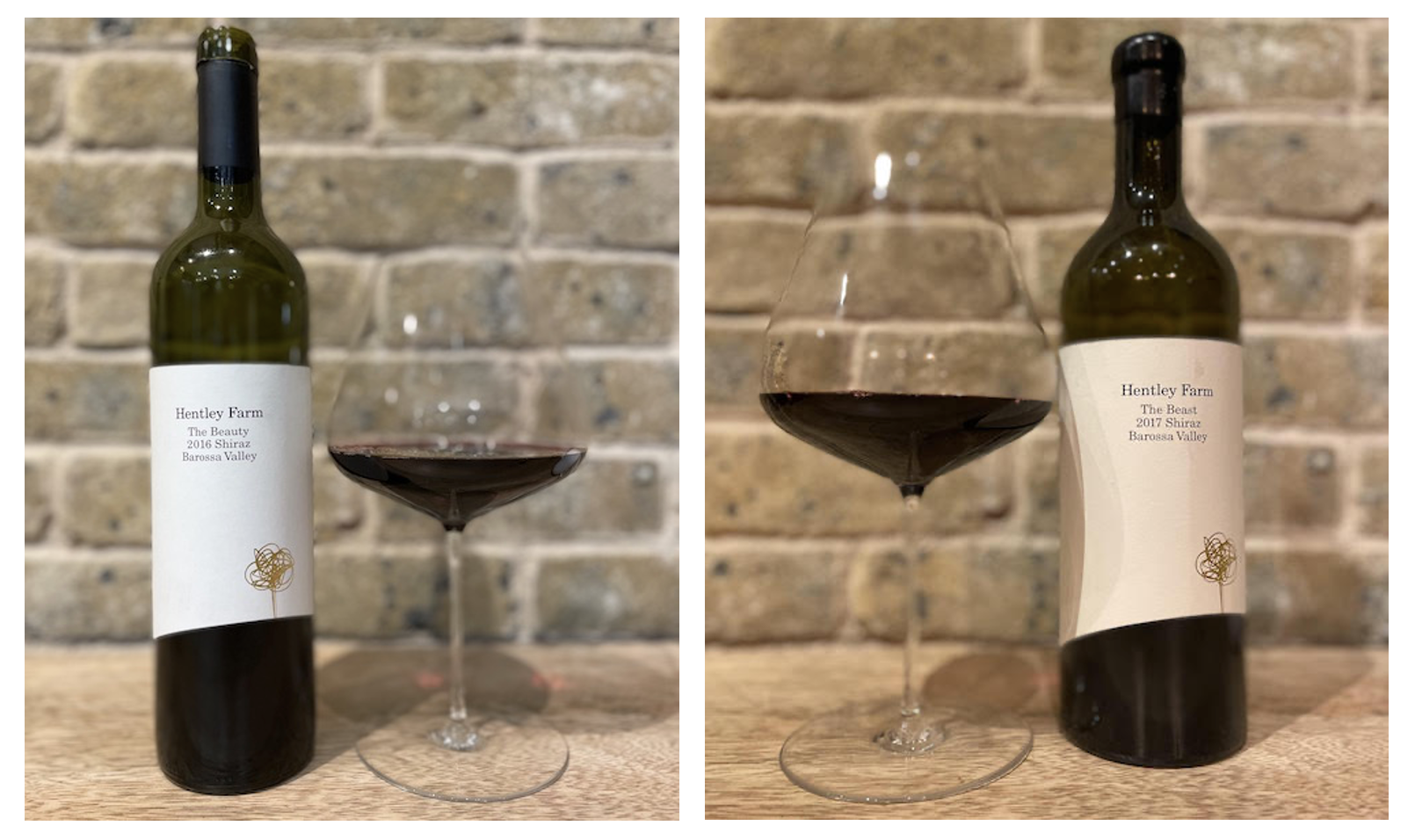
1) The Marl Grenache 2019
Australia’s Barossa valley is famed, perhaps even notorious, for its rich, powerful red wines, but its best wines offer more than just sheer power and super ripe fruit. I love the wines of Hentley Farm, a boutique winery that produces wines reflecting the specific microclimates of its exceptional Seppeltsfield site. They speak rather than shout of their origin. The Marl Grenache is joyously fruity with dollops of raspberries and boysenberries and a sprinkle of spice, this soft and generous red is welcoming and easy going, but balanced and satisfying. Drinking this on its own won’t be a burden, but it has enough going on to make a good match with oven baked vegetable dishes and braises, like aubergine parmigiana or pasta alla norma.
2) The Beauty Shiraz 2018
Co-fermented with 3% Viognier for extra aromatic complexity, this Shiraz was matured for 18 months in French barrels both new and used. Barossa valley at its seductive, opulent best. Deep purple. The nose is youthful, yet already alluring: awash with black cherries and blackberries , spiked with floral perfumes and black pepper. Rich and full bodied there is a tremendous quantity of fruit and spice with firm, but fine ‘sweet’ tannins. Fine and long. Will reward aging, but also starting to drink beautifully now. Drink with venison or hare.
3) The Beast 2018
It’s so easy to categorise Australian wine as ripe, fruity and dependable and maybe even offering some regional character, but little expression of terroir. Hentley Farm’s obsession with vineyard character is expressed perfectly with the juxtaposition of The Beast with The Beauty. But Beast doesn’t mean headbanger…Again, a saturated deep purple colour, with intense, deep dark fruits, blackberry and blackcurrant compote, spiked with chocolate and black pepper, followed by a chewy mouthful of muscular fruit, but it’s an athlete not a bodybuilder (no steroids here!). Of course there are big tannins, but they are fine and integrated and the flavour goes on and on. This wine really does need some time in the cellar or in a decanter. Pair with roast lamb abruzzese style or char grilled beef.
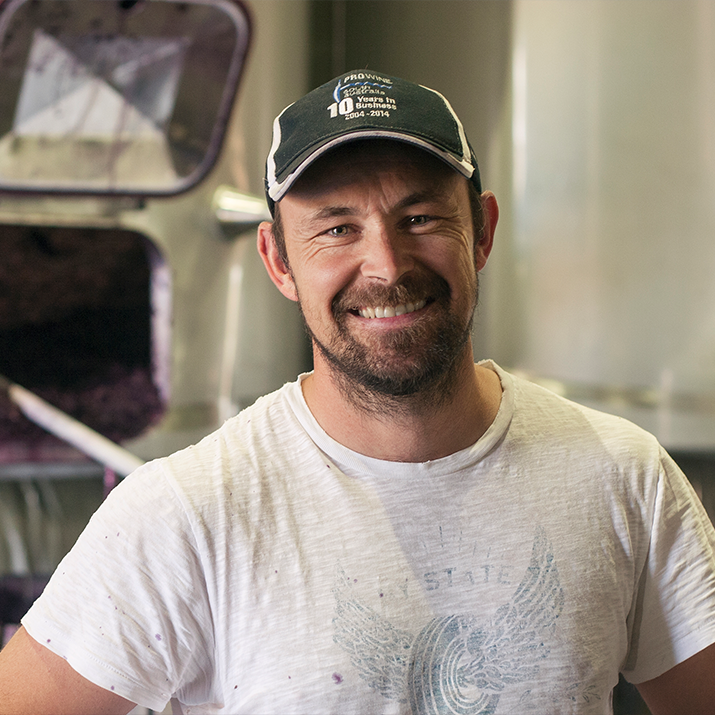
In discussion with Andrew Quin, winemaker at Hentley Farm
Q: It’s easy to assume, here in the UK, that Australia doesn’t have much vintage variation, it’s just sunny all the time, but clearly there ARE differences. Can you talk about recent vintages (2014, 2016, 2019) and how they affect the style of the wine and your approach to winemaking?
A: The grape growing areas of Australia are extremely diverse in terms of climatic conditions, ranging from the very cool Tasmanian areas to the warm inner country areas like the Barossa and Riverland in SA with each region seeing very different challenges from one vintage to the next. In the Barossa the most common challenge we face is dealing with heat spikes that push the vines to their limits and must be managed with appropriate canopy coverage and moisture retention. However, like all grape growing regions it is often the unexpected weather conditions that provide the greatest challenges and thus frame the vintage differences. 2014 is remembered as the ‘false start’ vintage! Harvest started in early February with early picked Shiraz showing pretty fruit and great acidity. The winery was full within one week and then we were hit with 80mm of rain over two days that pushed Baume’s back and diluted flavours! Harvest didn’t start again for another four weeks when flavours and phenolic ripeness had returned!
2016 was also remembered for a significant rainfall event of 60mm in late January but on this occasion it was more seen as a vintage saving event with vines struggling to make it through the heat of late December and January and water stores running low. This rainfall freshened the vines up and from there we saw very mild conditions which created extended flavour development and retention of natural acidity, one of the great Barossa vintages. 2019 was a challenging growing season with spring frost and limited winter and spring rainfall meaning that the vines produced very low crops and were stressed throughout. As a result of these conditions we saw a very fast late ripening curve that meant we had to think on our feet and harvest as quickly as we could, the resulting wines are rich and intense. Three very different vintages with unique weather conditions and challenges in the winery. Due to vintage variation if a wine doesn’t meet our standards of quality it won’t be released. The wine will be de-classified to a lower level wine. Attention to detail in the winery is the key to ensuring that only the best wines make it into our premium blends. As a single estate producer our aim is to produce premium wines that tell both the story of the vineyard site and the vintage conditions.
Q: How do you decide on the oak ‘regime’ (type, size, age, time) for Hentley Farm wines?
A: The percentage of new oak and selection of cooperage is a major driver in wine style and quality so we put a lot of time into selecting cooperage and barrel type that match up with the wine style that we are trying to achieve. As a general rule we look for barrels that provide tannin support and complexity without dominating the natural fruit character of the vineyard.
Q: What is your ‘go-to’ wine at Christmas, and why?
A: Sparkling Shiraz is a wine style that is unique to Australia and is known as a Christmas day drink. It doesn’t feel like Christmas until I have opened my first bottle of cold Sparkling Shiraz out in the sun!!



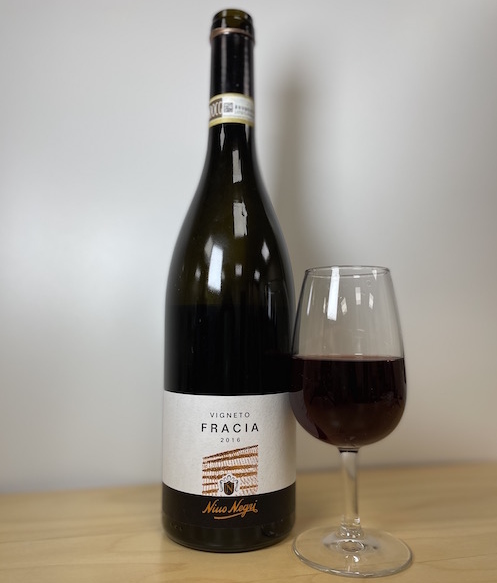

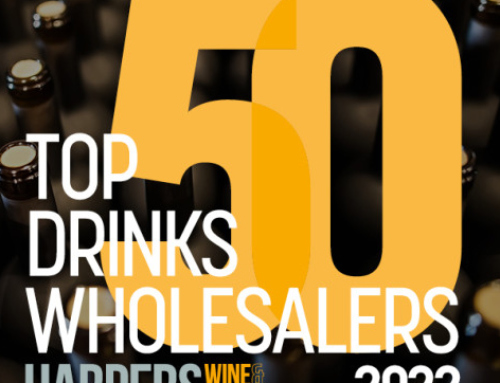
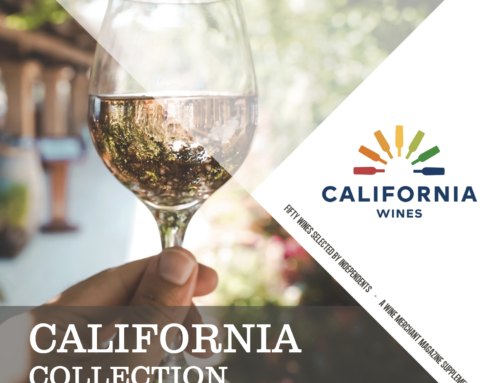
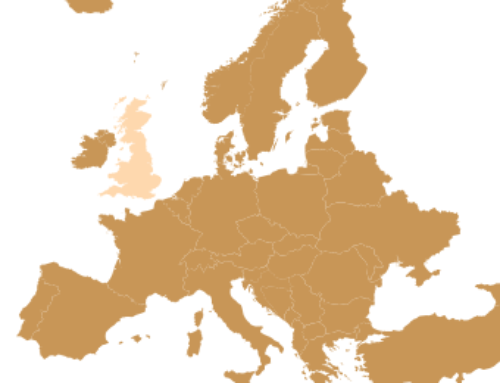
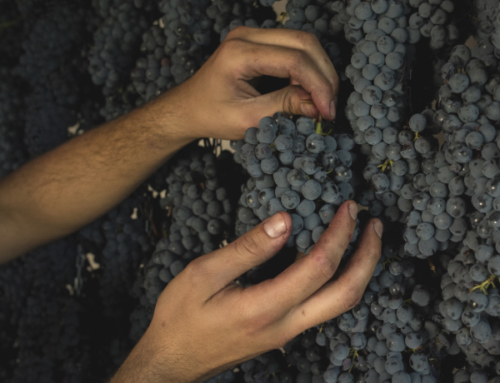
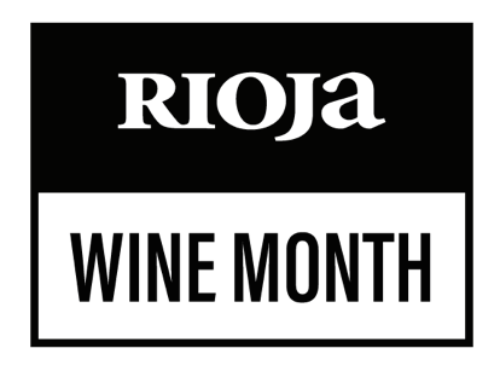
Leave A Comment